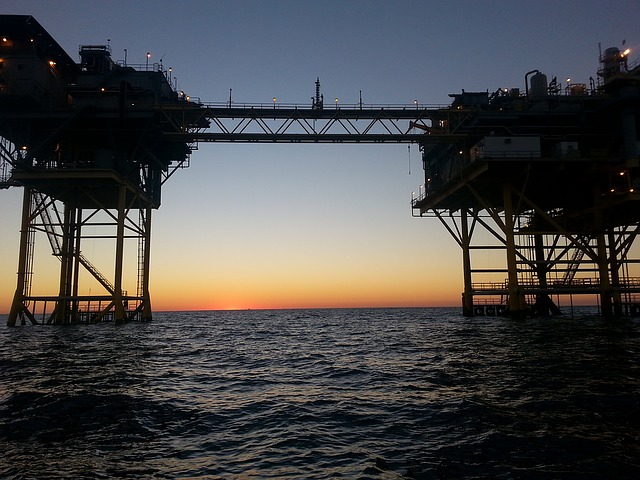PH in need of new natural gas source, experts say
- April 22, 2020
- 0

In addition, the suspension of drilling operations “in the potentially resource-rich South China Sea” due to unresolved maritime conflicts, as well as slow progress of joint exploration activities with China all contributed to the lack of discoveries for new sources.
“These mean that the mature field [Malampaya in offshore Palawan in the West Philippine Sea] continues to serve as the country’s only significant source of hydrocarbon output even after some 20 years,” Fitch Solutions was quoted as saying in a statement.
Malampaya supplies fuel to several power plants in Batangas province, which represents more than 3,000 MW of generating capacity or 30 percent of Luzon’s needs.
“The Philippines’ need to find alternative sources of gas remains dire, as output decline from the sole producing Malampaya deepwater gas-to-power project accelerates,” Fitch Solutions said.
According to the Department of Energy (DOE), the domestic production of natural gas went down to around 150,495 million standard cubic feet (mmscf) in 2019 from a record high 150,804 mmscf in 2018.
Fitch Solutions said that Malamapaya was expected to be nearly depleted by 2027.
“[F]rom a price standpoint, the next few years is likely to prove an opportune time for the Philippines to commence LNG (liquefied natural gas) imports.”
Fitch Solution also explained that “[t]he lack of emphasis on natural gas, LNG and renewables in the Philippines’ Energy Plan 2017-2040 continues to be a source of potential concern.”
“The Philippines has yet to enter into any LNG supply contracts for its terminals, and as such, will prove an attractive market for the growing legion of LNG suppliers globally,” it said.